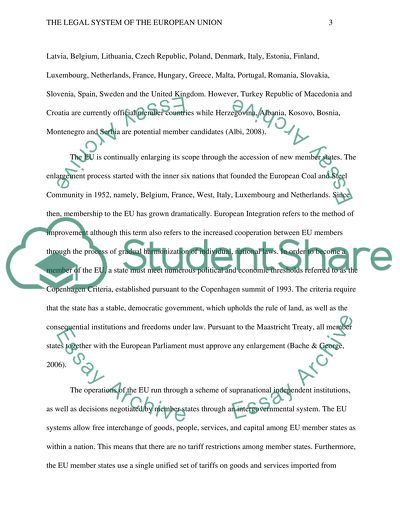Cite this document
(“The Legal System of the European Union Research Paper”, n.d.)
Retrieved from https://studentshare.org/law/1446096-the-legal-system-of-the-european-union
Retrieved from https://studentshare.org/law/1446096-the-legal-system-of-the-european-union
(The Legal System of the European Union Research Paper)
https://studentshare.org/law/1446096-the-legal-system-of-the-european-union.
https://studentshare.org/law/1446096-the-legal-system-of-the-european-union.
“The Legal System of the European Union Research Paper”, n.d. https://studentshare.org/law/1446096-the-legal-system-of-the-european-union.


